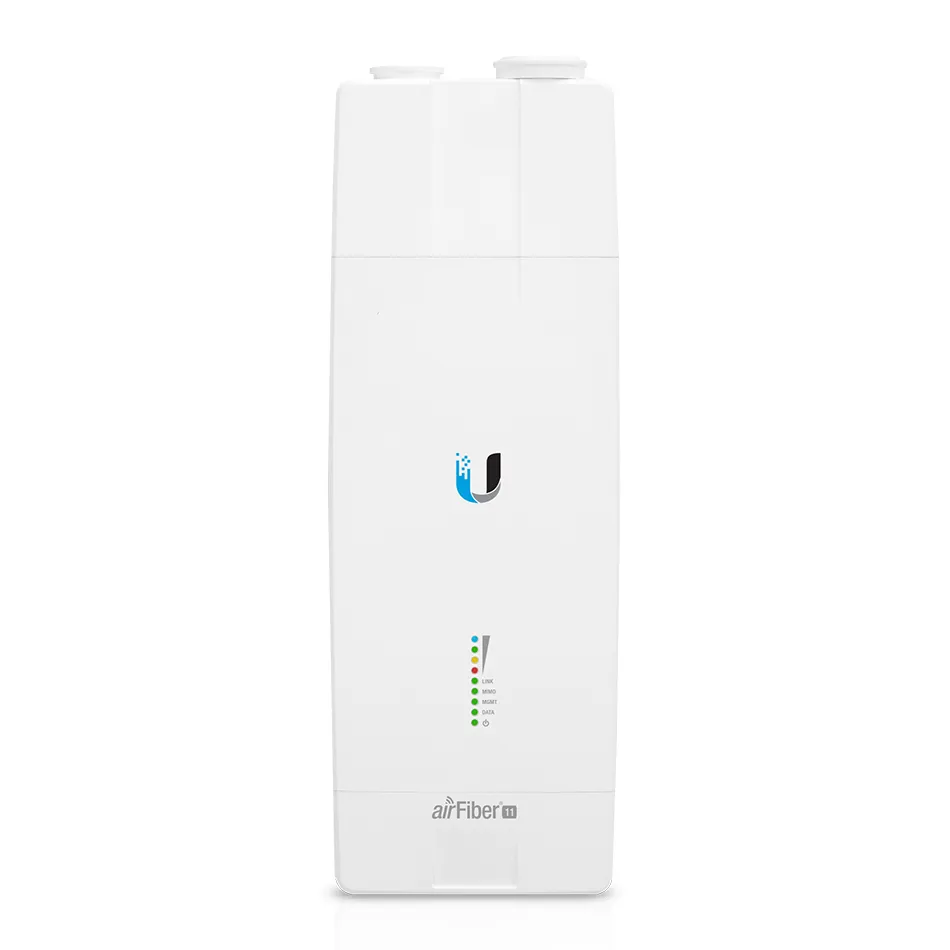In today’s increasingly connected world, the need for stable and durable wireless communication is more critical than ever. When deploying connectivity solutions in harsh outdoor environments, the standard indoor networking equipment simply won’t suffice. This is where Rugged & Reliable Outdoor Wireless Systems come into play. These specialized systems are designed to withstand extreme weather conditions, temperature fluctuations, moisture, dust, and physical impacts, all while maintaining top-tier performance.
Whether it’s for remote industrial sites, construction zones, rural internet delivery, or outdoor event venues, Rugged & Reliable Outdoor Wireless Systems provide uninterrupted connectivity where traditional systems would fail. They are the backbone of secure, stable, and efficient communication in challenging settings, making them an indispensable component in modern infrastructure.
Key Features of Rugged & Reliable Outdoor Wireless Systems
What sets Rugged & Reliable Outdoor Wireless Systems apart from their conventional counterparts are the robust materials, industrial-grade components, and innovative designs. These systems typically feature weatherproof enclosures with high IP ratings (often IP65 and above), corrosion-resistant materials, and reinforced casings that protect internal hardware.
Moreover, they offer extended temperature operation ranges and are built with shock-absorbent materials. Antennas are often designed to handle long-range coverage with minimal signal degradation. Enhanced security protocols and redundant failover systems ensure that your network remains functional even during unpredictable environmental events.
Common Applications of Rugged & Reliable Outdoor Wireless Systems
Rugged & Reliable Outdoor Wireless Systems are employed in a variety of sectors. In agriculture, they facilitate smart farming solutions by enabling real-time data transmission from sensors and machinery. In the oil and gas industry, they provide critical communication links between pipelines and control centers. In transportation, they ensure real-time tracking and communication across fleets and infrastructure.
Municipalities use them to build smart city infrastructure, including outdoor surveillance systems and public Wi-Fi. Even in education, rugged systems enable outdoor campuses and remote learning centers to stay connected. These systems also play a vital role in emergency response scenarios where quick deployment and reliable communication are non-negotiable.
Installation Considerations for Outdoor Wireless Networks
Installing Rugged & Reliable Outdoor Wireless Systems involves several technical and strategic considerations. Site surveys must be conducted to assess line-of-sight visibility, interference sources, and optimal mounting locations. Proper grounding and lightning protection systems must be in place to prevent equipment damage.
Power supply is another critical factor. Many outdoor systems support Power over Ethernet (PoE), simplifying installation in remote locations. The mounting hardware must be equally rugged and allow for secure attachment to poles, walls, or custom enclosures. Adequate ventilation and thermal management also ensure the longevity of the hardware under constant sun exposure.
Benefits of Using Rugged & Reliable Outdoor Wireless Systems
The primary advantage of using Rugged & Reliable Outdoor Wireless Systems is consistent and uninterrupted connectivity in tough environments. These systems reduce downtime, minimize maintenance costs, and improve operational efficiency across various industries.
Moreover, they offer scalable solutions, meaning networks can expand without needing a complete infrastructure overhaul. The systems support various wireless standards, including Wi-Fi, LTE, and proprietary long-range protocols, ensuring compatibility with existing infrastructure. Their high reliability also means less human intervention, which is especially important in dangerous or remote environments.
Technological Innovations in Outdoor Wireless Systems
Modern Rugged & Reliable Outdoor Wireless Systems integrate cutting-edge technologies such as MIMO (Multiple Input, Multiple Output), beamforming, and mesh networking. These advancements ensure stronger signal quality, improved bandwidth, and reduced latency.
Some systems now include edge computing capabilities, allowing data processing at the device level. This reduces the need for backhaul bandwidth and speeds up decision-making processes. Integration with AI-based monitoring also helps predict hardware failures and optimize network performance dynamically.
Integration with Cloud Keys & Gateways
For seamless remote management and scalability, many Rugged & Reliable Outdoor Wireless Systems are now integrated with cloud-based solutions like Cloud Keys & Gateways. These platforms enable centralized control, firmware updates, and real-time monitoring from anywhere in the world. This is especially useful for enterprises managing multiple outdoor sites across wide geographical areas.
Case Study: mimosa network and Outdoor Wireless Efficiency
A practical example of high-performance outdoor connectivity can be seen in the implementation of mimosa network solutions. These devices are engineered for high throughput and long-distance transmission in outdoor environments. Their rugged builds and smart configuration tools make them an excellent choice for service providers and enterprise users who require both durability and speed.
Challenges and How to Overcome Them
Deploying Rugged & Reliable Outdoor Wireless Systems isn’t without challenges. Environmental interference, physical obstructions, and unpredictable weather can all impact performance. However, these can be mitigated by choosing the right frequencies, implementing strategic placement, and using advanced antennas with high gain.
Another common challenge is ensuring power availability in remote locations. Solar-powered setups and battery backups are increasingly being used to overcome this issue. Maintenance planning is also critical—scheduled inspections and automated alerts can help prevent system failures.
Advanced Use Cases and Future Prospects
As IoT and smart infrastructure continue to evolve, Rugged & Reliable Outdoor Wireless Systems will find even more applications. From autonomous vehicle networks to drone communication systems, these systems are set to be the communication backbone of future tech.
Moreover, 5G integration is becoming more common, providing ultra-low latency and high-speed capabilities even in outdoor setups. Future systems may also incorporate more green technologies and self-healing capabilities that ensure longer lifespans with minimal environmental impact.
Conclusion: The Future is Wireless and Rugged
The role of Rugged & Reliable Outdoor Wireless Systems in enabling modern communication cannot be overstated. Their robustness, adaptability, and performance make them ideal for a wide range of industrial, commercial, and public applications. As technology continues to push boundaries, investing in reliable and durable wireless systems will ensure you’re ready to meet the demands of tomorrow’s connected world.
Choosing the right outdoor wireless solution is not just about staying connected; it’s about ensuring reliability, safety, and efficiency in the most demanding environments. For industries and enterprises that can’t afford to compromise on connectivity, Rugged & Reliable Outdoor Wireless Systems are the only way forward.




